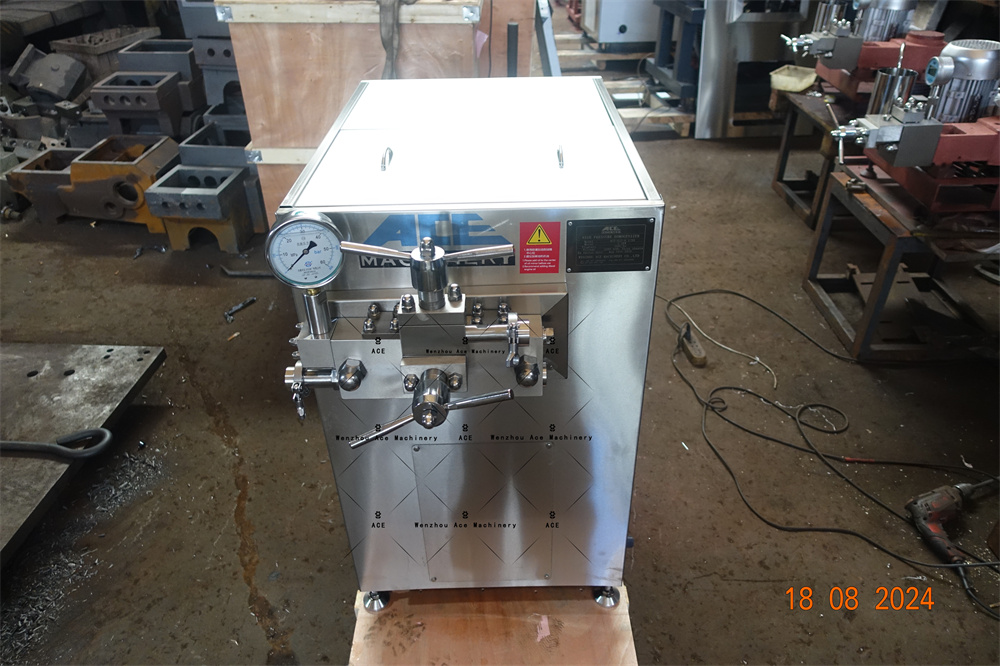UHT milk, also known as Ultra-High Temperature milk, is a sort of milk that is treated with heat so that it can last long. The process of treatment ensures this without its refrigeration. Because of this, it has become a popular choice for many consumers globally who want convenience.
What does UHT stand for in milk?

The abbreviation “UHT” means Ultra-High Temperature. It refers to the fact that the product has an extended shelf life and can be stored at room temperature. Unlike ordinary dairy which needs cooling and goes bad fast, unopened packs can stay good for several months.
What is UHT Treated Milk?
Milk treated under ultra-high temperature (UHT) undergoes unique heating where it is exposed to very high temperatures within a short time frame. This kills bacteria and other microorganisms that affect quality or cause spoilage, thereby making this type safe enough even when kept for long periods without refrigeration, while retaining its nutritional value as well as taste qualities.
Science Behind UHT Milk Processing
Processing uht involves heating up milk until 135-150°C for about 2 seconds, thus destroying any harmful bacteria while still preserving nutritional elements due to rapid cooling afterward. This requires specific machinery like heat exchangers which are used in order to achieve desired outcomes during processing stages.
Advantages of U.H.T Milk
The main advantage associated with uht is that it can be stored at room temperature without refrigeration for up to few months, hence becoming a suitable option where there’s limited access or no electricity supply required such regions during emergencies. Moreover, most nutrients remain intact unlike fresh one, therefore serving as convenient source even though slightly inferior terms flavour compared against pasteurized types.
Common Uses For U.H.T Milk

Ultra pasteurized variety finds wide usage among people on daily basis especially at homes lacking fridges due to worry over spoilage; additionally being highly stable enables its utilization within food industry during production of various dairy products including cheese and yogurt.
Comparison Between UHT Milk And Other Types Of Milks
UHT differs from pasteurized milk since the latter is heated at relatively lower temperatures for longer durations, leading to reduced shelf life. Raw milk on the other hand hasn’t gone through any treatment thus having the shortest lifespan among all categories, while ESL provides middle ground with regard to storage requirement but still falls short when compared against uht in terms of how much time it can last before going bad.
Nutritional Content of UHT Milk
Despite being subjected to high temperatures during processing, the majority of nutrients are retained in them. It has been established that nutritional levels found in ultrahigh temperature treated products closely resemble those present fresh ones, thereby making such a viable alternative towards maintaining balanced diet.
Environmental and Economic Impact of U.H.T Milk
The long shelf-life nature associated with Ultra pasteurized dairy makes it environmentally friendly because this reduces frequency of transportation as well need for refrigeration, which contributes towards sustainable development. Besides these financial implications may save costs within dairy sector while lowering carbon emissions; additionally extended expiry date helps minimize wastage hence promoting conservation efforts.
The Most Frequently Asked Questions
Is UHT-milk a heat-treated milk of Ultra-High Temperature?
The UHT-milk is a heat-treated milk of Ultra-High temperatures that is meant to prolong the shelf life.
Are UHT products safe to eat and drink?
UHT products are safe because the high-temperature process kills bacteria.
How does UHT (Ultra High Temperature) milk compare to regular milk?
While UHT is slightly different in taste from regular milk due to its heat treatment process, the milk itself is very similar.






